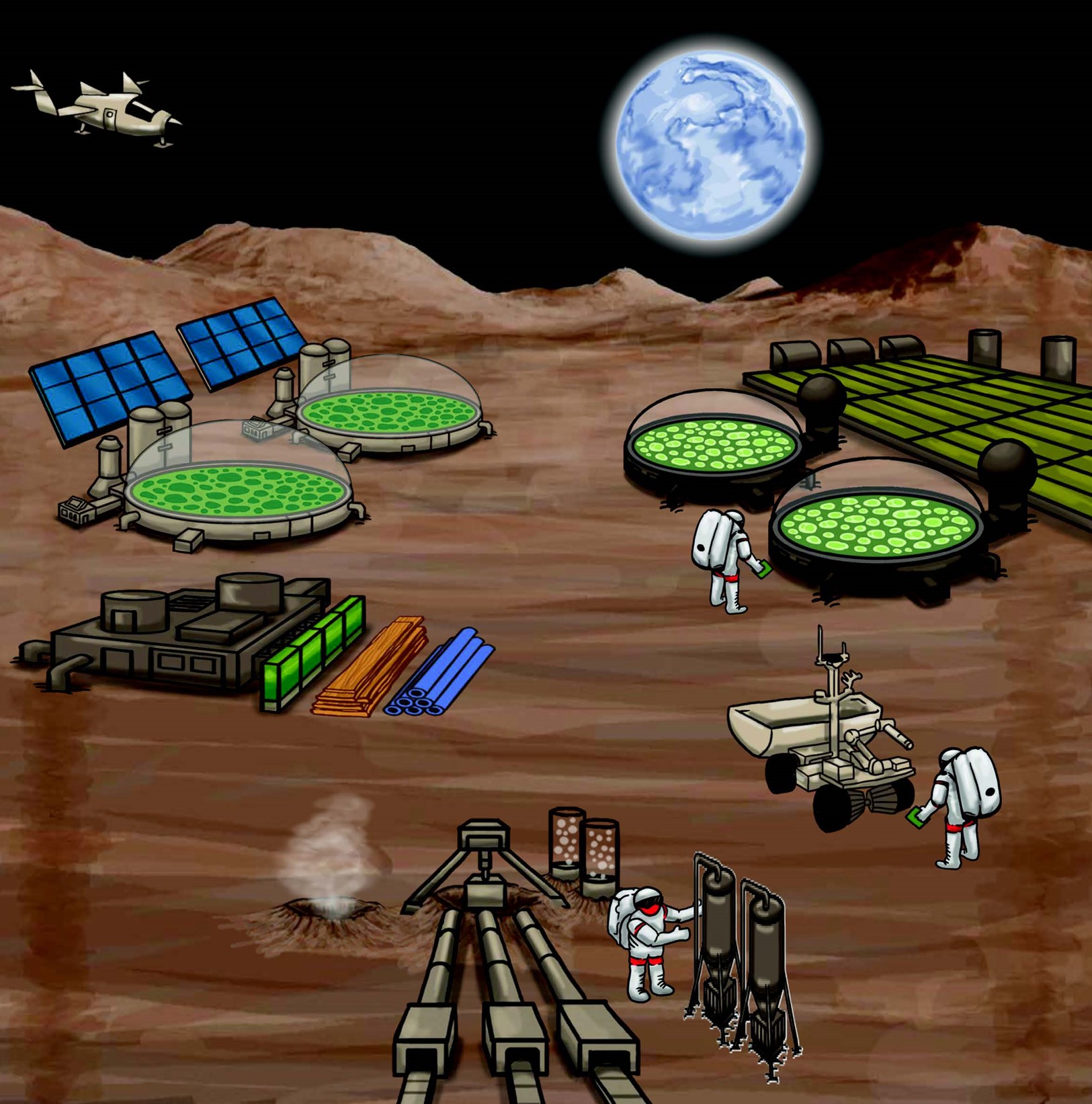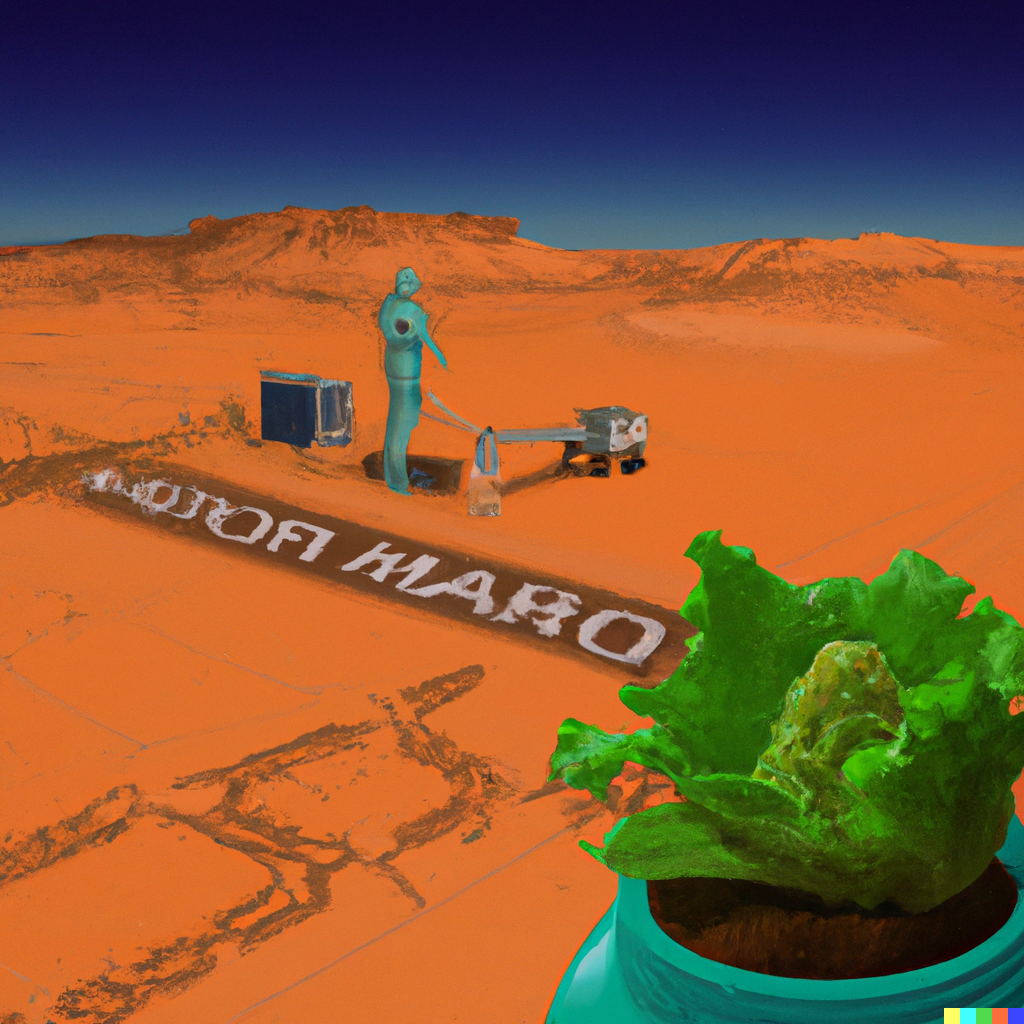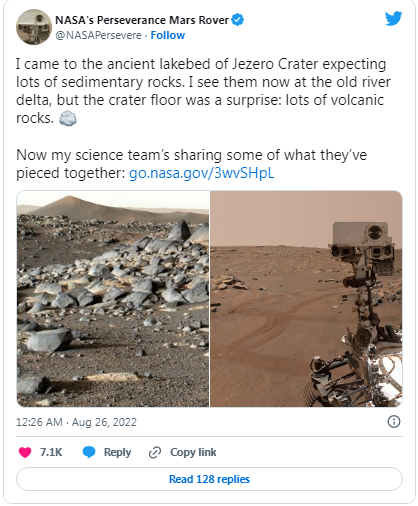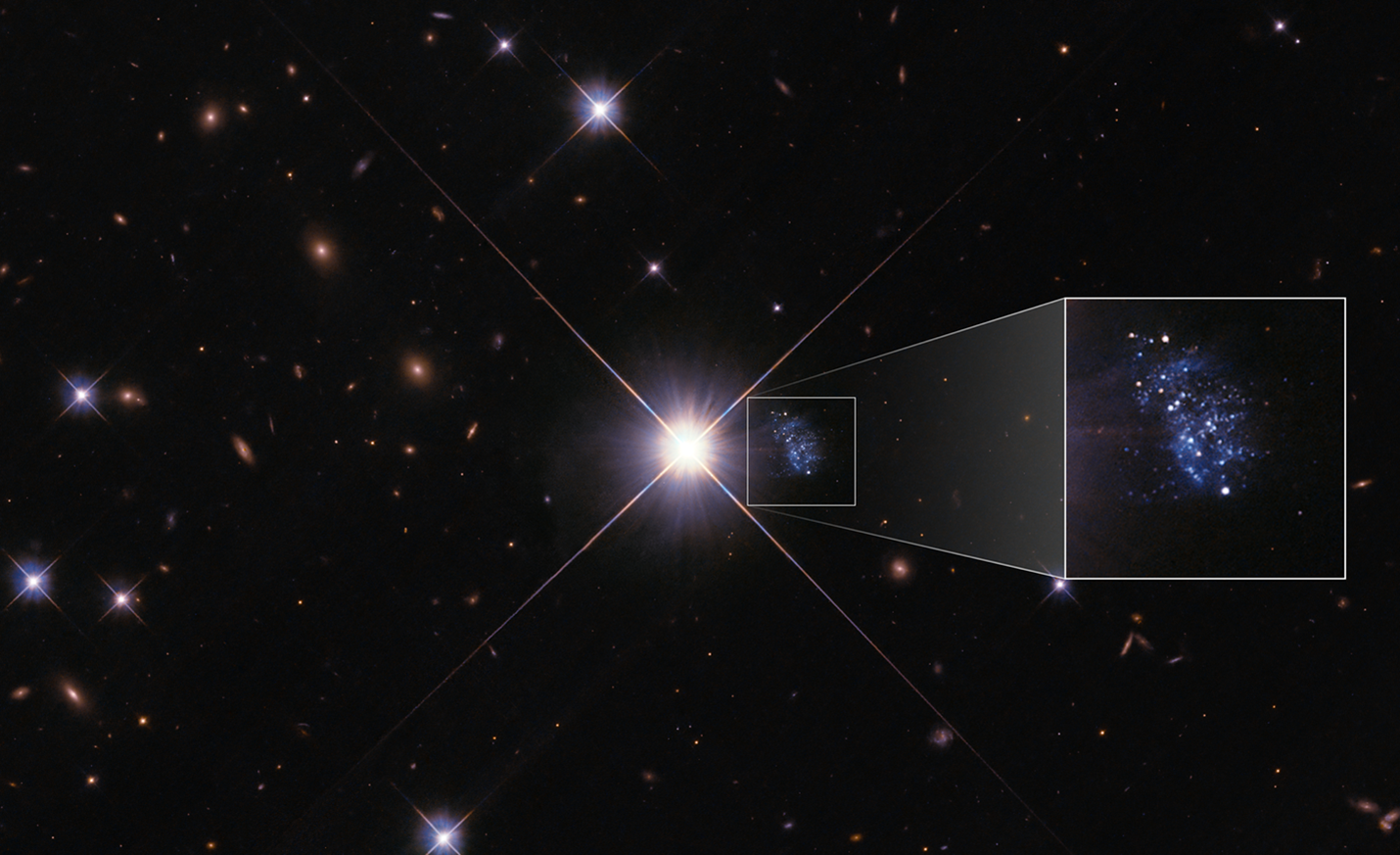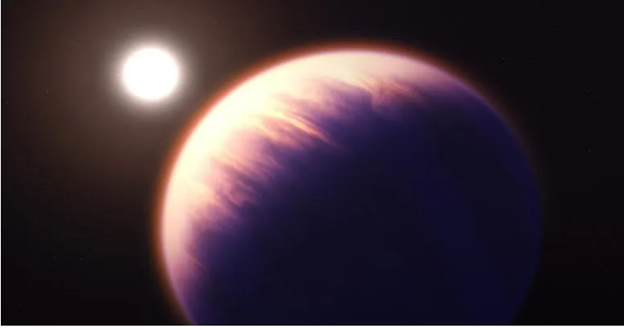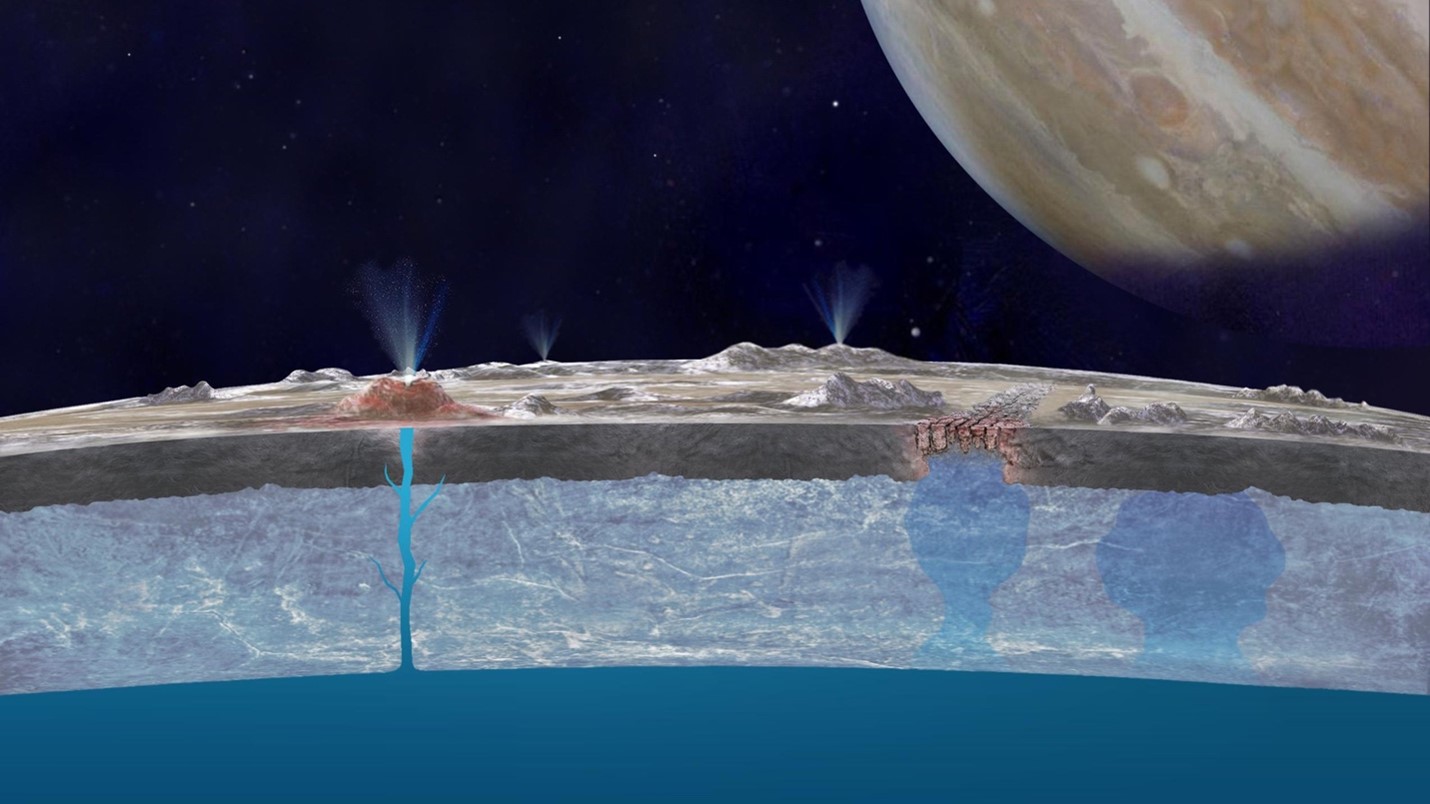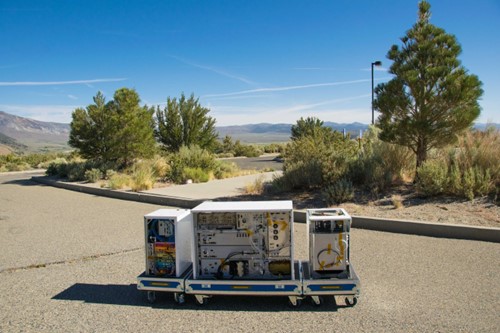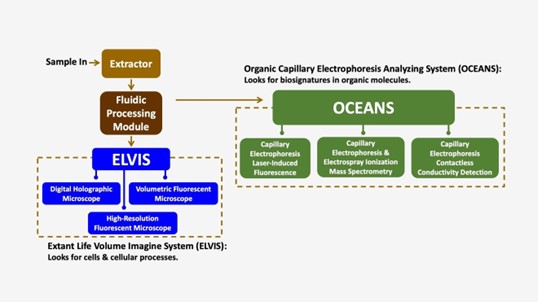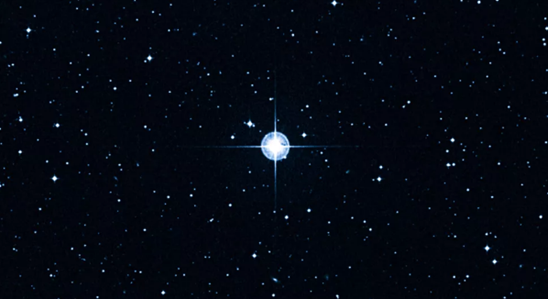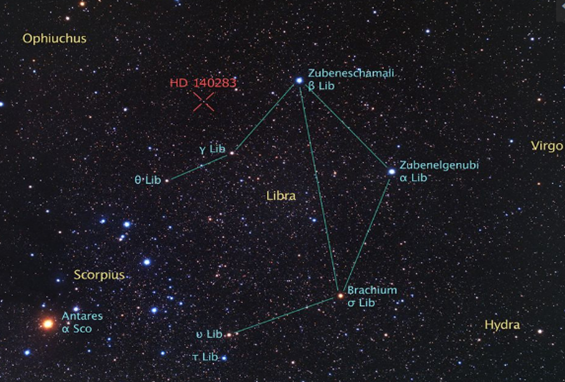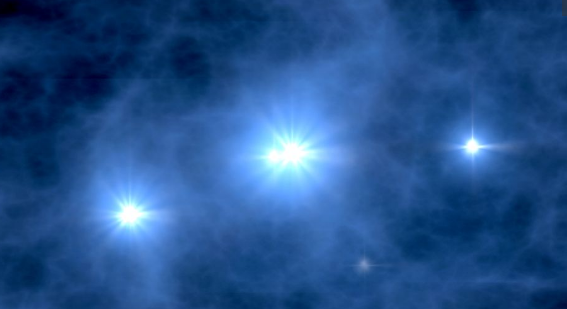by Rida Fatima
After gathering unprecedented scientific data on Mars for over 4 years, NASA’s InSight project has officially come to a conclusion.
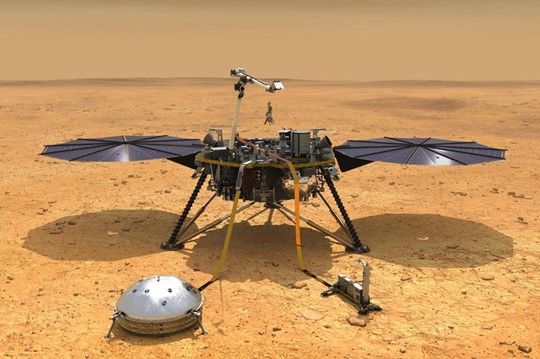
(Figure 1: An Image of The NASA InSight Lander (Source: NASA/JPL-Caltech/SWNS))
Recently, the “InSight” Mars lander from NASA posted its formal farewell statement on Twitter, tearing at people’s heartstrings all across the world. The InSight lander from NASA, famed for taking the very first “selfie” on Mars, is about to shut down and lose touch with Home. It is unable to recharge since the solar panels on its roof are covered in a heavy layer of Martian dirt.
The Inner Workings of the InSight Lander
“InSight” stands for “Interior Exploration Using Seismic Investigations, Geodesy, and Heat Transport”. Over time, Mars’ seismic activity and meteorological fluctuations were observed by the many probes and measurement tools. Researchers can better grasp Mars’ interior, particularly the mantle and crust, thanks to details relating seismic quakes on Mars.
In November 2018, the robotic geologist initially landed on the desolate stretch of Elysium Planitia, carrying a hammer and a seismic meter. Jim Green, the lead researcher at NASA, stated before its 2018 flight that the operation’s basic significance to is comprehend the origins of our planetary system and how it evolved into what it is presently. Since then, it has conducted geological digs and used a cutting-edge seismograph that was set up right on planet mars’ surface to take the initial readings of seismic activities.
The Findings of the InSight Lander
It’s extremely precise seismometer, along with continuous surveillance by the French space program Centre National d’Etudes Spatiales (CNES) and the Mars-quake Service run by ETH Zurich, picked up 1,319 mars-quakes, notably seismic events brought on by meteorite strikes, the greatest among which the year before exposed boulder-size ice fragments. These hits aid in establishing the planetary surface’s age.
Based on released campaign statistics, Insight has monitored over 1,300 quakes ever since it was deployed, and over 50 of them produced signatures that were sufficiently distinct for researchers to determine their position on the Martian surface.
The lander’s findings have also revealed information concerning the strata of Mars’ subsurface, its liquid core, the remarkably changeable remains of its largely defunct magnetosphere underneath the surface, weather, and earthquake activities.
The Challenges Faced by InSight during its Mission
InSight had a lot of difficulties while on its journey. The Self-hammering spike on the lander, dubbed “the mole,” was designed to burrow 16 feet (5 meters) deep while tethering sensors to monitor heat on the planet, allowing researchers to determine how much energy was left over from Mars’ birth.
The mole struggled to get footing in the unusually crumbly soil surrounding InSight because it was made for the open, granular soil encountered on prior expeditions. The device, which was made possible by the German Aerospace Center (DLR), ultimately sank its 16-inch (40-centimeter) probe close to the surface while gathering important information about the thermal and physical characteristics of the Martian surface. This will be helpful for upcoming human and robotic expeditions which aim to probe Martian soil.
Owing to JPL and DLR engineers’ creative use of the lander’s mechanical arm, the operation effectively buried the mole. The arm and its scoop were originally designed to place scientific equipment on the Surface of the planet, but as energy started to run low, they eventually assisted in cleaning debris from InSight’s solar panels.
The Final Moments of InSight’s Mission
“We’ve thought of InSight as our friend and colleague on Mars for the past four years, so it’s hard to say goodbye,” said Bruce Banerdt of JPL, the mission’s principal investigator. “But it has earned its richly deserved retirement.”
The solar-powered lander issued an update last month, reminiscing on its time in space:
“I’ve been lucky enough to live on two planets. Four years ago, I arrived safely at the second one, to the delight of my family back on the first. Thanks to my team for sending me on this journey of discovery. Hope I’ve done you proud.”
NASA made the decision to wait till InSight failed 2 check-ins with the satellite circling Mars which transmits its data to Earth before calling the operation complete.
The solar-powered lander’s surroundings were clouded by a strong dust storm that obscured the sunlight and left a shadowed picture with white specks from camera noise. Prior to the entire image being relayed, the communication was interrupted.
After making a couple of efforts to communicate with the lander, project commanders at the company’s Jet Propulsion Laboratory (JPL) in Southern California came to the conclusion that the rover’s solar-powered battery had run out of energy, a condition known to engineers as “dead bus.”
The space program issued a warning in November that the rover’s lifespan could be running out as debris proceeded to gather and suffocate the InSight’s energy.
The lander’s ability to generate electricity continuously decreased as the layer of wind-blown dirt on its solar panels increased, according to a 2 November statement from NASA. The conclusion of the expedition, according to NASA, was anticipated to occur within the coming weeks.

(Figure 2: The InSight lander’s dome-covered seismometer seen on the surface of Mars as the spacecraft loses power. (Source: NASA InSight Twitter account))
On Monday, NASA’s official InSight twitter account released the following statement:
“My power’s really low, so this may be the last image I can send. Don’t worry about me though: my time here has been both productive and serene. If I can keep talking to my mission team, I will – but I’ll be signing off here soon. Thanks for staying with me.”
NASA had originally determined to end the project if the rover didn’t respond to 2 attempts at contact. Although it is thought to be improbable at this stage, the organization will continue its attempts to search for a message from the rover. Dec. 15 marked the final moment InSight spoke with Earth.
“InSight has more than lived up to its name. As a scientist who’s spent a career studying Mars, it’s been a thrill to see what the lander has achieved, thanks to an entire team of people across the globe that helped make this mission a success,” said Laurie Leshin, director of JPL, who was in charge of managing the expedition “Yes, it’s sad to say goodbye, but InSight’s legacy will live on, informing and inspiring.”
Sources
- NASA Retires Insight Mars Lander, from nasa.gov
- NASA’s Insight Mars Rover Signs Off, from theguardian.com

